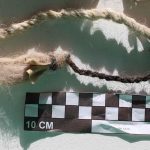Extreme droughts did always not coincide with Mayan abandonment of sites, such as Chichén Itzá
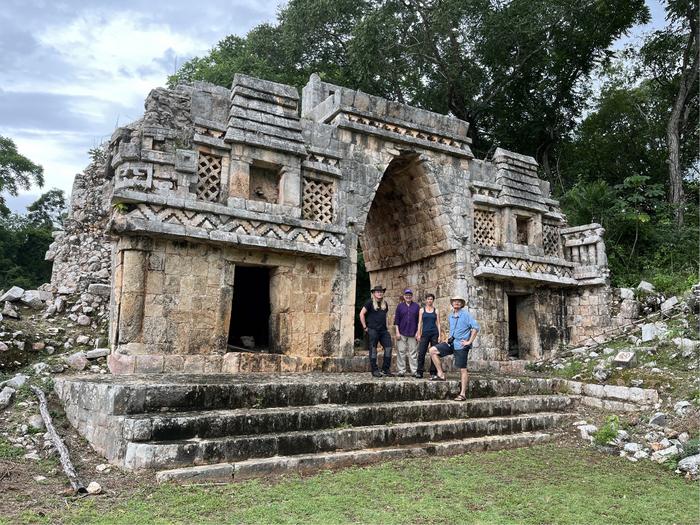
Mayan cultural centers were not uniformly susceptible to extreme drought events during the Terminal Classic Period, new research finds. By comparing a novel paleo-climate record derived from a stalagmite with archaeological records at Yucatán sites including Chichén Itzá and Uxmal, the study challenges a theory that simplistically connects drought cycles to the abandonment of settlements. Around 800 to 1000 CE, sociopolitical unrest wracked the Maya Lowlands as people abandoned cultural centers.
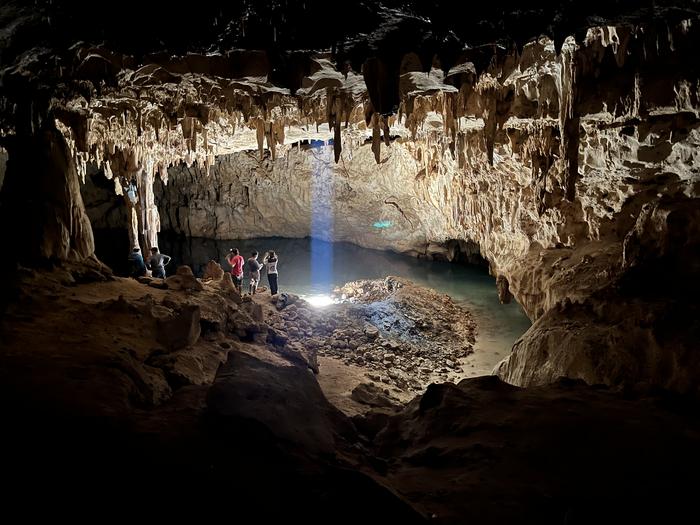
Paleoclimate records have suggested that this timeframe, called the Terminal Classic Period, coincided with recurring droughts that lasted from 1 to 10 years. Now, Daniel James and colleagues have focused on regional differences to investigate the connection between droughts and Mayan activity in the northwest Yucatán Peninsula in modern-day Mexico. They conducted isotopic analyses on a stalagmite (Tzab06-1) collected from a cave near Chichén Itzá, Uxmal, and other Classic Maya sites. By studying laminations within the stalagmite, which grew from roughly 871 to 1021 CE, they reconstructed sub-annual wet- and dry-season rainfall records.
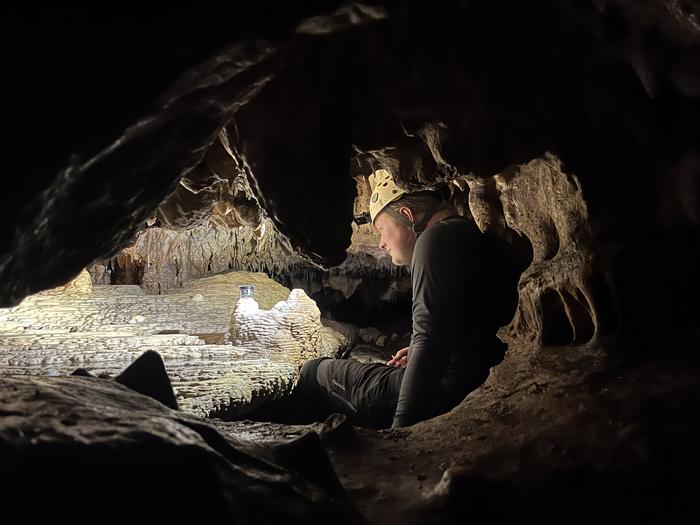
The northwest Yucatán experienced 1- to 13-year-long extreme drought events episodically within the timeframe, including 8 extreme wet-season droughts that each lasted more than 3 years. Comparing drought records with existing archaeological evidence showed that activity at Chichén Itzá, Uxmal, and other regional sites decreased at different times and not always in tandem with drought cycles. The authors attribute this variability to differences in water management infrastructure, and to variations in connectedness beyond the region through trade.
“Chichén Itzá controlled a vast system of tribute collection,” the authors write. “Perhaps, this was manageable with available water conservation techniques to mitigate crop failures, enabling populations at Chichén Itzá to recover, whereas frequent alternation of wet and dry periods reduced seasonal predictability and prevented re-establishment of less centralized and resilient polities elsewhere.”
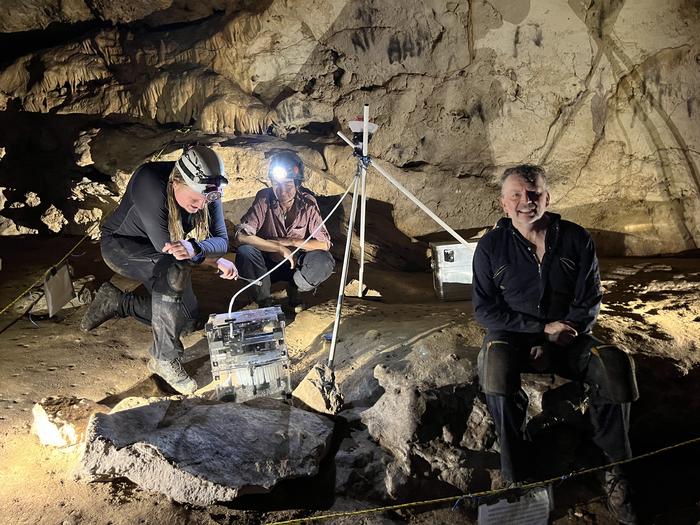
Bibliographic information:
Alexander Iveson, Daniel James, Stacy Carolin, John Nicolson, James Rolfe, David Hodell, Erin Endsley, Christina Gallup, Jason Curtis, susan milbrath, Mark Brenner, Christopher Ottley, James Baldini, Gideon Henderson, Sebastian Breitenbach, Ola Kwiecien, Julie Hoggarth, Fernanda Lases-Hernández, Classic Maya Response to Multi-Year Seasonal Droughts in Northwest Yucatán, Mexico, Science Advances, DOI: 10.1126/sciadv.adw7661
Press release from the American Association for the Advancement of Science – AAAS


